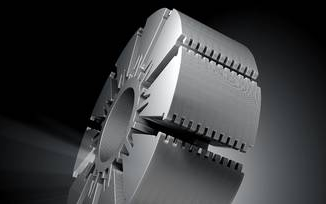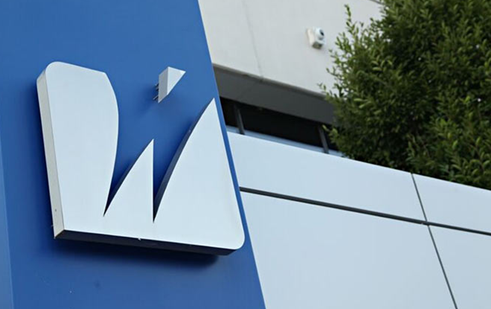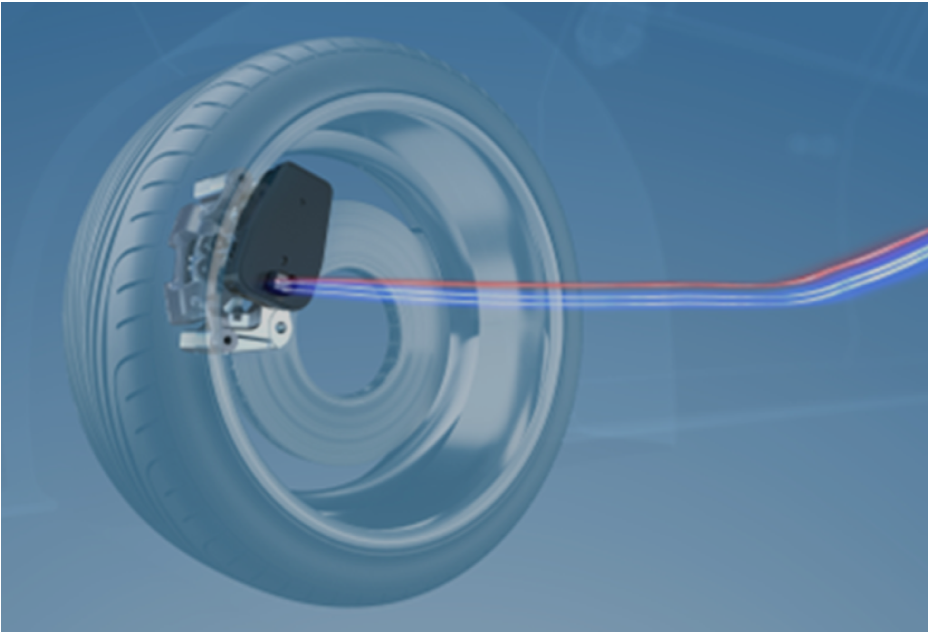
Score another replacement of hydraulics by permanent-magnet motors with a new purely electric brake system introduced by automotive supplier ZF. Braking force is generated at each wheel by an electric motor bypassing the need for a hydraulic system and brake fluid. Presented at Next Generation Mobility Day in Shanghai in November, the system was developed by ZF engineers at development centers in China, the USA and Germany for the global market.

“Our purely electrically controlled braking system is a significant addition to our portfolio of networked chassis systems,” said Dr. Holger Klein, CEO of ZF Group. “With such by-wire systems, we are opening the door to a new era of vehicle control.” He added that this is especially true in software-defined and electrically driven vehicles where this type of brake system has even more advantages and open new freedom in design and development.
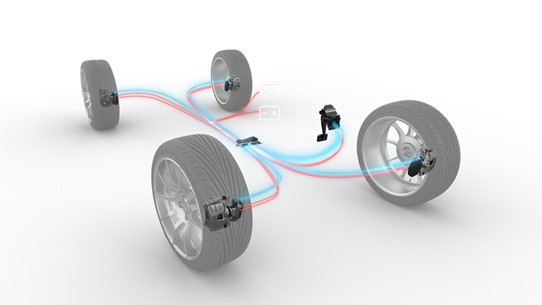
Called a dry brake system since brake fluid is not required, brake pressure is no longer generated by the pressure of fluids in the hydraulic system but by electric motors. Brake signals from the pedal to the electric motor are also transmitted purely electrically, which is why the term dry brake-by-wire is used, explains the company.
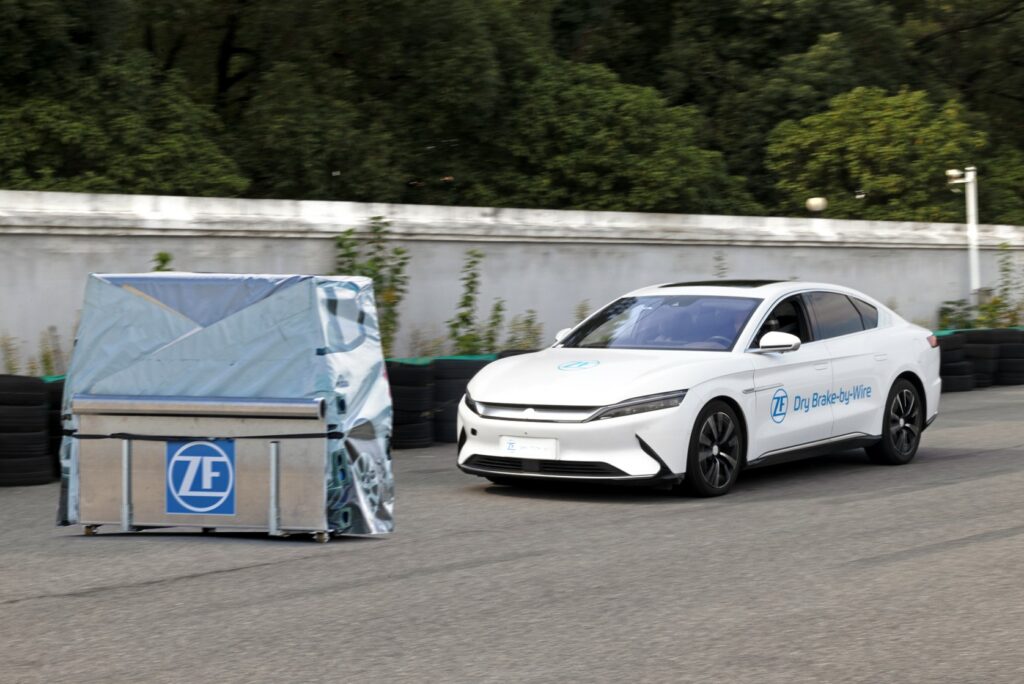
Compared with conventional braking systems, it enables shorter braking distances, better recovery of braking energy and lower maintenance costs. During automatic emergency braking, the braking distance at a speed of 100 km/h can be up to nine meters shorter than with conventional braking systems. In addition, electric cars can achieve up to 17 percent more range via even better recuperation of braking energy.
With dry brake-by-wire systems in particular, the residual drag torques that occur with conventional braking systems due to minimal contact between the brake pads and the brake discs can be reduced to almost zero. This results in even fewer particulate emissions due to brake abrasion. This lower resistance during driving also saves energy and can increase range in an EV.
Dispensing with a hydraulic system means significantly lower assembly and logistics costs even during vehicle production, as the system consists of fewer parts. And during the vehicle’s service life, the user benefits because brake fluids no longer need to be changed, reducing the amount of servicing required in the workshop.
With more than 50 years of experience in the development and production of brake systems and with more than three billion brake components manufactured, ZF is one of the largest suppliers worldwide. Vehicle manufacturers can put together their optimum braking system from the classic purely hydraulic to the new purely electric braking system depending on their requirements. Hybrid forms with, for example, a hydraulic system at the front and a purely electric system on the rear axle are also possible. For more info, see ww.zf.com.

